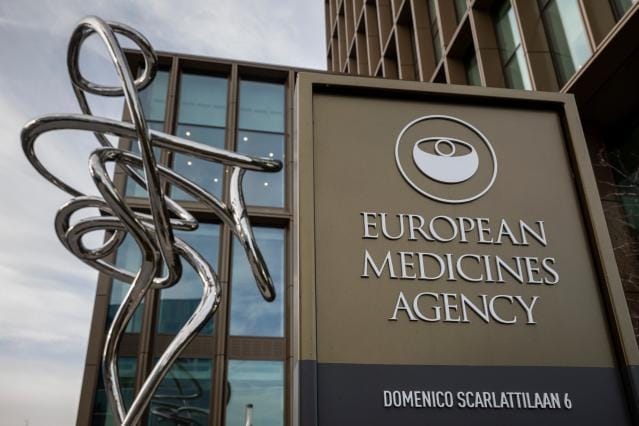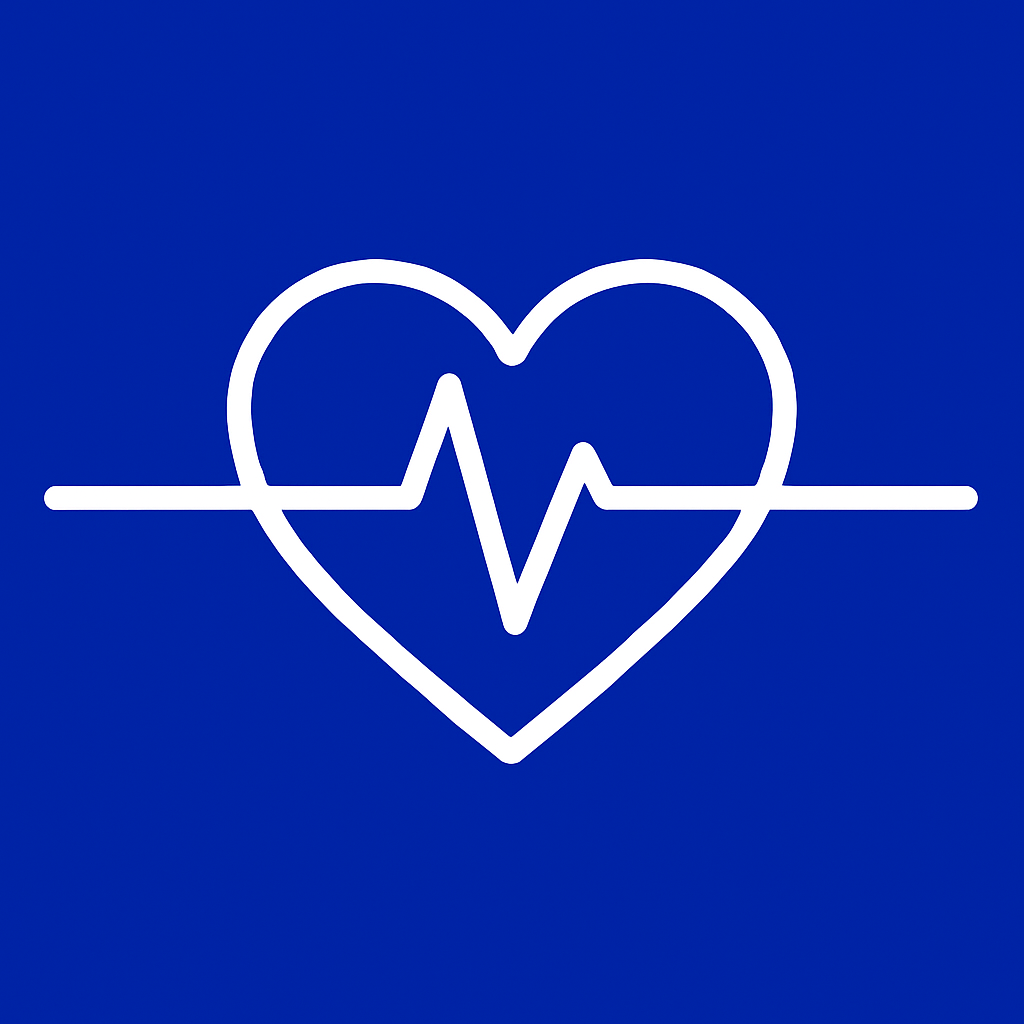EMA marks 30 years since first EU-wide medicine approval
The European Medicines Agency reaffirms its mission to ensure safe, effective treatments across the EU

Today (20 October) marks 30 years since the newly established European Medicines Agency (EMA) approved its first product, a milestone Executive Director Emer Cooke described as a reminder of the agency’s founding purpose: “One application, one assessment and one authorisation valid throughout the EU.”
The fertility treatment Gonal-f became the first medicine cleared under the EMA’s centralised procedure. Since then, the agency has authorised nearly 2,000 medicines, spanning treatments for cancer, cystic fibrosis, diabetes and numerous other conditions.
“This centralized authorisation process is why we were created,” said Cooke. “A lot has changed over the past three decades — science has advanced, technology has evolved — but our dedication to ensuring medicines are high-quality, effective and safe remains as strong as ever.”
The EMA’s centralized route is now the preferred pathway for most new authorizations and mandatory for medicines derived from biotechnology, advanced therapies, orphan drugs and products targeting key conditions such as diabetes and neurodegenerative diseases. The agency’s role is to assess and recommend medicines for approval, with the final authorisation granted by the European Commission.
The agency managed a remarkably smooth relocation from London to Amsterdam after Brexit — despite initial British claims that it could remain in the UK. Then-chief negotiator David Davis famously suggested that the EMA might stay put, an early sign of how poorly prepared Britain was for the realities of its post-EU position.
Before the Brexit debacle and the COVID-19 pandemic, EMA was little known outside the pharmaceutical industry. The race to approve vaccines thrust both the agency and Cooke into the public spotlight. Cooke’s regular briefings provided an assured and reassuring presence.

In the pandemic’s aftermath, the EMA’s mandate was expanded to include coordination of the EU’s responses to health emergencies, monitoring and mitigating shortages of critical medicines and devices, and overseeing cross-border clinical trials.
Still, the agency has faced criticism. It was recently compelled to revise its conflict-of-interest rules following court judgments questioning the impartiality of some experts. It has also been accused of being slower than its counterparts abroad.
According to the Draghi Report, median approval times for new medicines in the EU and EEA stand at 430 days — longer than those of the US Food and Drug Administration (334 days), Japan’s Pharmaceuticals and Medical Devices Agency (322 days) and Health Canada (351 days). The General Pharmaceutical Legislation, currently under negotiation, aims to strengthen the EMA’s role and streamline its processes.
Europe’s regulatory pace is often compared with that of the US, where newly appointed FDA Commissioner Dr Marty Makary has pledged to dramatically reduce approval times for priority drugs. While some envy the speed of the American system, its reputation has been tarnished with claims of political interference, especially after its decision to ask GSK to request an additional autism related indication for Leucovorin based on a few relatively small studies, at the behest of the US Secretary of State for Health Robert Kennedy.
Marking the anniversary, EU Health Commissioner Olivér Várhelyi said the system had strengthened both public health and the bloc’s pharmaceutical competitiveness.
“As we mark 30 years of centralized EU medicines approval, we are more committed than ever to a strong, competitive and innovative European pharmaceutical sector — one that delivers better treatments to patients faster, upholds the highest standards of safety and trust, and drives economic growth,” he said. “Our aim is to ensure that Europe remains a leader in health innovation for the next generation.”
